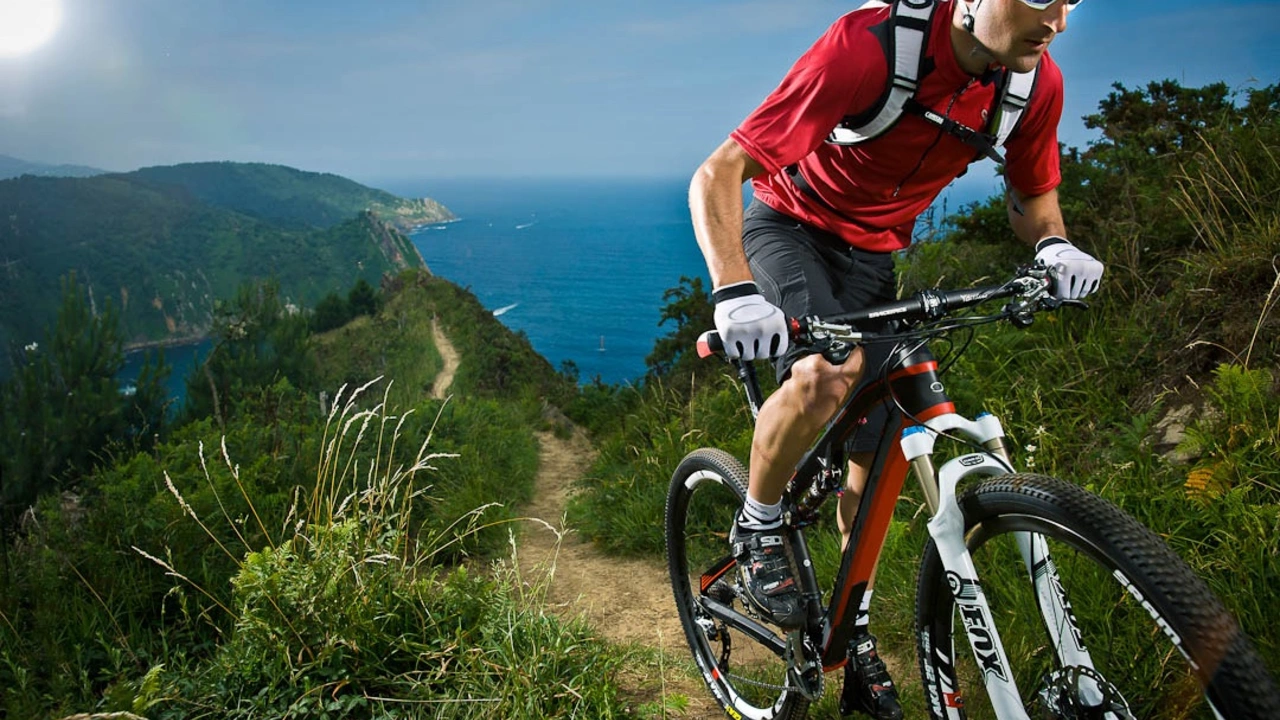Bike Types: Which One Fits Your Riding Style?
When you think about buying a bike, the first question is usually “what kind should I get?” The market is packed with road, mountain, hybrid, gravel, electric, and more. Each style is built for a specific terrain or purpose, so picking the right one saves you money and frustration.
Common Bike Categories
Road bikes are light, have skinny tires, and a dropped handlebar that lets you cut through the wind. They’re perfect for pavement, long rides, and speed. If you love group rides or want a bike for commuting on smooth streets, a road bike is a solid choice.
Mountain bikes (MTB) sport wide knobby tires, a sturdy frame, and a suspension system that absorbs bumps. They thrive on trails, steep climbs, and rough surfaces. Whether you’re tackling forest singletracks or just need a bike that can handle potholes, an MTB gives you confidence off‑road.
Hybrid bikes blend the best of road and mountain bikes. They usually feature a flat handlebar, moderately wide tires, and a relaxed geometry. This makes them comfortable for daily commutes, casual rides, and light off‑road paths. If you can’t decide between speed and comfort, a hybrid is a happy middle ground.
Gravel bikes are the newer sibling of road bikes. They keep the narrow tires and drop bars but add clearance for wider, knobby tires and a more relaxed frame. They’re built for mixed surfaces—pavement, gravel, or dirt roads—so they’re great for adventure rides where the route isn’t all smooth.
Electric bikes (e‑bikes) come in road, mountain, and hybrid styles, but the key feature is a motor that assists your pedaling. The boost helps you climb hills, ride longer distances, and arrive at work less sweaty. If you’re dealing with hilly commutes or want to ride without getting overly exhausted, an e‑bike can be a game changer.
Choosing the Right Bike for You
Start with where you’ll ride most. If you stick to city streets, a road or hybrid bike will feel nimble. If you love weekend trail outings, go for a mountain bike or a gravel bike if you plan to mix surfaces.
Think about fit and comfort. Test rides are essential—pay attention to reach (how far you stretch to the handlebars) and saddle height. A bike that feels too stretched out will hurt your back; too cramped will hurt your shoulders.
Budget matters too. Entry‑level road and mountain bikes start around £500, while high‑end models can exceed £3000. Hybrids and e‑bikes often sit in the middle. Remember to factor in accessories like a helmet, lock, and lights.
Maintenance is another piece of the puzzle. Road bikes with slick tires need less frequent tire changes, while mountain bikes may need more frequent suspension servicing. If you prefer low‑maintenance rides, a hybrid or a basic road bike might be easier.
Lastly, don’t ignore the community. Local bike shops often host group rides for specific bike types—join a road crew or a mountain club to see how the bike feels in real‑world conditions. Seeing others ride the same type can give you confidence and tips you won’t find in a spec sheet.
Whether you’re after speed, off‑road thrills, or a relaxed commuter, there’s a bike type built for that purpose. Take the time to match your riding goals with the right category, try a few models, and you’ll end up with a bike that feels like an extension of yourself.
What is an MTB bike?
An MTB bike, or a Mountain Bike, is a type of bicycle designed for off-road cycling. These bikes are built with shock absorption features and sturdy, durable frames to tackle rough terrains like mountains, dirt trails, and rocky paths. They usually have wide, knobby tires for improved traction and balance. MTB bikes come in several types, like cross country, trail, enduro, and downhill, each designed for a specific type of mountain biking. Riding an MTB bike is a fantastic way to explore the great outdoors and get a solid workout.
More